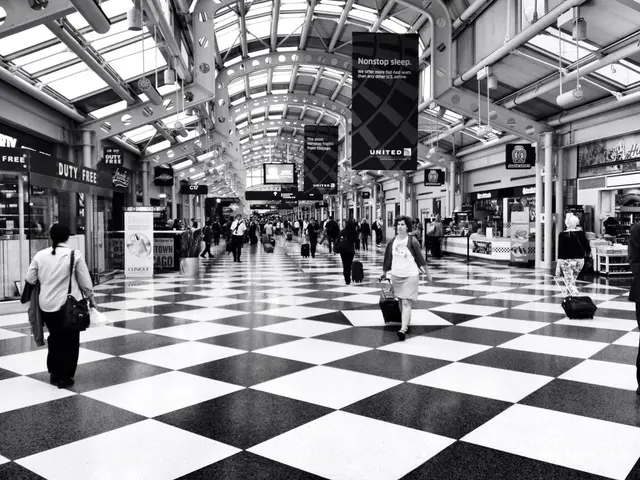House Reflection
In the south-east London suburb of Bexleyheath, a detached, red brick house with tall chimneys and pointed windows stands out amidst post-war semi-detached housing. This is the Red House, designed by William Morris and Philip Webb, two influential figures in the Arts and Crafts movement.
Built in 1860, the Red House is considered the first modern house in Britain. It embodies the principles of the Arts and Crafts movement, emphasizing truth in craftsmanship, the use of local and honest materials, and a rejection of classical historicism in favour of simple, vernacular forms.
The design celebrates the honesty of construction and the natural qualities of materials like red brick and tiles. Webb deliberately based the design on British vernacular architecture, breaking away from the grand historical revivalism common in Victorian architecture, thus introducing a new architectural language emphasizing everyday, local traditions.
Morris and Webb worked collaboratively not just on the architecture but also on the interiors, furniture, and decoration, creating a holistic living environment focused on beauty and utility, aligning with modern design ideals. The house's layout and facades avoided rigid symmetry, favouring a more natural, organic arrangement that preceded later modernist architectural concepts.
William Morris, born in 1834, was married to Jane Burden in 1859, with the pair having two daughters together. Morris was not only an architect but also a political activist. He pursued political interests to reinforce his beliefs in linking art and social structure, eventually becoming a member of the Liberal party and later founding the Socialist League.
The Red House was a demonstration of Morris's ideals, with art defined as a "the way in which man expresses joy in his work", avoiding mechanical production and denying inspiration in favour of craft. Inside, the Red House displays Morris's affection for truth in materiality, simplicity, and handcraft, as seen in the cottages, barns, and almshouses of ordinary people at the time.
Today, the Red House is a significant building in British architecture. John Pardey wrote a short essay on the Red House, highlighting its importance in the history of modern architecture. In 2003, the Red House was acquired by the National Trust, fulfilling Morris's democratic vision of art as a shared cultural inheritance.
The Red House's significance stems from its role in pioneering the Arts and Crafts movement, which became a foundation for later modern architecture by valuing simplicity, honesty, and integration of art and craft in building design. This makes it, historically, arguably the first modern house in Britain.
[1] Newman, J. (2000). The Story of the Red House: A Romance of Art and Life. London: Thames & Hudson. [2] Summerson, J. (1953). Architecture in Britain 1530-1830. London: Penguin Books. [3] Summerson, J. (1966). Architecture in Britain 1830-1930. London: Penguin Books. [4] Summerson, J. (1970). The Classical Langauge of Architecture. London: Penguin Books.
- The Red House, designed by William Morris and Philip Webb in 1860, is significant in British history as it embodies the principles of the Arts and Crafts movement and might be considered the first modern home-and-garden concept, focusing on truth in craftsmanship, local materials, and a rejection of historical revivalism.
- Beyond being a masterpiece of architecture, the Red House in Bexleyheath is also a testament to Morris's lifestyle and business philosophies, with its emphasis on beauty, utility, and the integration of art and craft, reflecting his beliefs about linking art and social structure, as expressed in his political activism, interior design, and furniture work.








